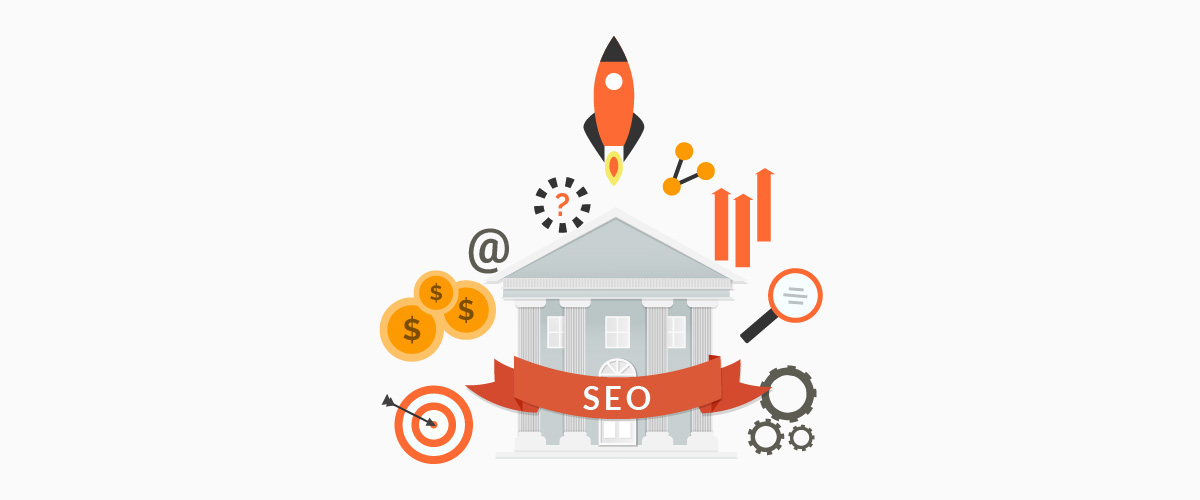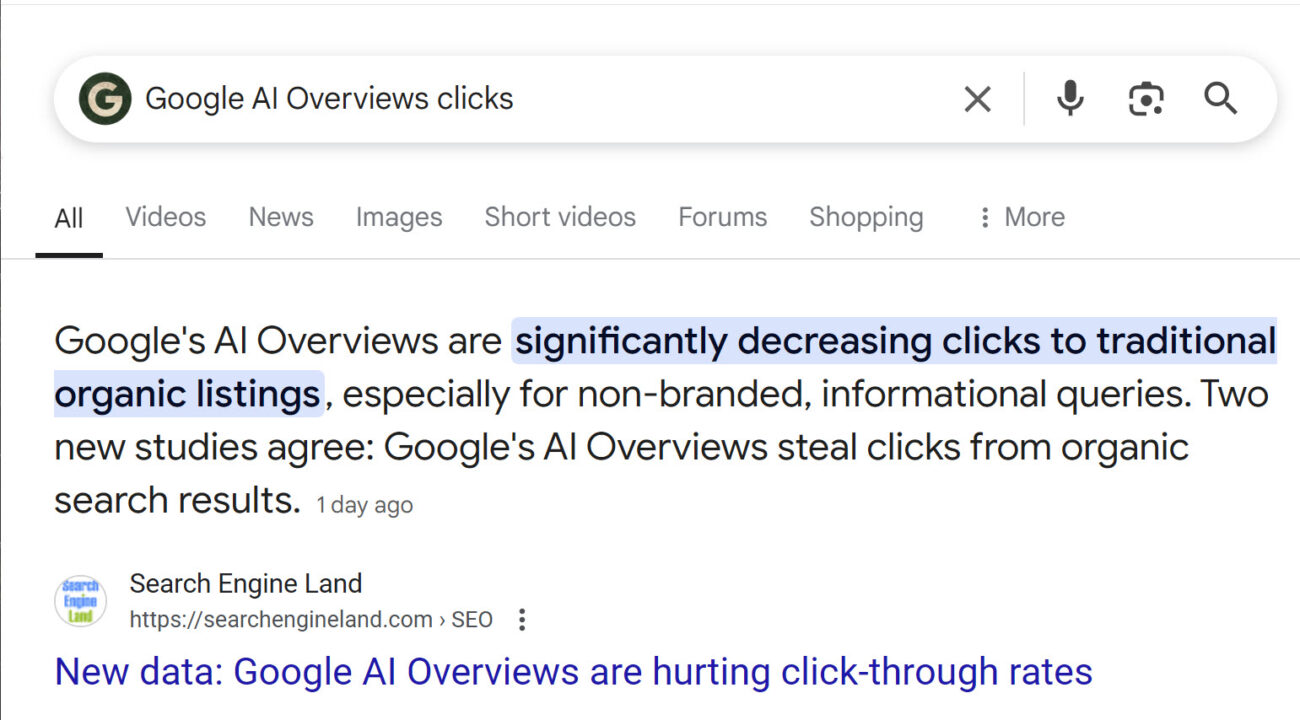As the marketing landscape for schools and universities has become increasingly competitive, Search Engine Optimization (SEO) has become especially critical for educational institutions. Students and parents now have a plethora of schools to choose from, and many factors (like location, cost, and quality of education) contribute to the decision-making process.
This means that when communicating with prospective students, educational institutions must ensure that any touch-points, including their website, should be seamless. And believe it or not, SEO has one of the greatest influences on your website performance.
Why Should Educational Institutions Focus on SEO?
SEO for educational institutions is critical to ensuring that the right students find your school and that they receive the appropriate information while on the website. Although SEO is often overlooked, it is a driving factor in online success. SEO efforts can actually improve the results you get from advertising on platforms like Google Ads or Facebook by improving visitor engagement, in addition to ensuring that the school ranks higher than competitors for a specific Google search.
The following describes the steps that can be taken to ensure optimal success with SEO for educational institutions:
1. Perform a Technical Website Assessment
When assessing a website for SEO, keep in mind that the first and quickest way to make improvements is through finding and fixing technical issues. Some of the common types of SEO-related issues on a website include:
- Page errors – 301 or 302 redirects are considered errors in Google Search Console, while 404 errors (page not found) result in poor user experience and negatively impact website rankings.
- Redirect chains – Link A directs to Link B, which takes you to Link C.
- Loss of visitor attribution – Internal links opening in new tabs/windows, which means that in Analytics, the visitor is no longer connected to the way they initially arrived on the site.
- Missing cross-domain tracking – Not tracking a visitor across your website domains; for example, when using third-party web forms. Visitor attribution and cross-domain issues are the #1 reason why organizations are unable to connect a conversion to the campaign that brought the visitor to the site.
These are just a few of the technical issues that we see on websites. While they might not sound terrible for SEO, they can have a negative impact on your overall site and/or page ranking, website speed, and links carried from a referring website. And, of course, problems in visitor attribution make it impossible to gauge the ROI of your advertising and outreach campaigns.
With that said, tools like Moz, Screaming Frog, or Google Search Console can help identify the issues on the website and help you figure out where to fix them.
2. Review Online Visibility & Competitive Data
Every website on the internet has some level of online visibility when it comes to how people find the site and what is determined to be the topic of that site. The amount of online visibility or your visibility for certain keywords can be determined by using tools such as Moz, SpyFu, or SEMrush.
Reviewing the SEO value of your website for certain keywords can help you determine keywords and themes that the website is ranking really well for, as well as places where the rankings need improvement. For instance, a recent search for “masters of business administration Massachusetts” in Google showed the number 1 organic result (not including ads or directory listings) is UMass Boston’s College of Management MBA program. This indicates that program has focused on their SEO and that multiple factors contributed to their ranking, including their optimization on the page for those keywords (I’ll get into that in the next section).
Taking the time to review how well the school is ranking for certain keywords and what competing schools are doing well will influence SEO strategy and help determine what areas to focus on. This leads nicely into the next section about keyword research.
3. Perform Keyword Research & On-Page Assessments
While reviewing online visibility and competitive data, you will likely find keywords, terms, and phrases that the educational institution might be doing very well along with keywords that could be improved. With that information, steps can be taken to improve pages that need work or to continue to optimize pages that are doing well.
Similarly, reviewing the SEO information on each page (AKA on-page optimizations) can help you better understand and make improvements on the page. When you’re reviewing a page for SEO quality, keep in mind the following items:
- Keyword-rich page title
- Relevant URL address (AKA URL slug)
- Meta description with adequate keywords between 50 – 160 characters
- Appropriate use of keyword-rich H1 and H2 tags
- Links to at least 1 page on your website and 1 page off your website
- Image with alt tags
For a complete list of items that should be considered, check out this handy image below from Moz:

4. Optimize Web Pages Based on Results
Now that you have an improved keyword list that you’d like to optimize for and all of the relevant on-page SEO information, you can begin to optimize the pages. This will include choosing a keyword (or two) that you’d like to optimize for and then reviewing the page based on the items listed above. This is a fairly time-intensive process, but it should be handled with great care as these efforts can, in some cases, drastically change your website ranking.
Do note that we don’t believe this exercise should be left up to your niece or someone from out-of-country who might offer to do it for a fraction of what a local agency would charge. There are a few reasons behind this, but the biggest reasons come down to sound judgement and experience. A skilled agency (like us!) will take this process very seriously and should offer sound solutions to improve your rankings – Black Hat SEO is not a strategy that we endorse.
5. Utilize Link-Building Methods to Create Authority
Finally, there is link building. Link-building strategies focus on creating links between new relevant websites in order to help search engines determine similar, trusted sources of information. Link building by nature takes time in order to successfully land new links, but with a structurally sound website and great content, links will increase over time.
The most common method for achieving these links is by manual outreach. This process involves research relevant bloggers, articles, and sources online that might fit the content on your website, then reaching out to each author with a link and brief email of why they should link to your website. This process is intensive, but with some effort can produce great results. Of course, if your site also begins to rank more highly for specific keywords, then you’ll likely be linked to automatically by other sources.
With these 5 steps in mind, SEO for your educational institution should see great benefits. By focusing on the technical aspects of your website, doing sound keyword research, perform site audits of your keywords and on-page SEO, optimizing your pages, and performing link-building strategies, your website will be well on its way to achieve SEO excellence!
Looking for more information about SEO? Check out these helpful resources:
What is SEO – Search Engine Land
Beginners Guide to SEO – Moz
Online SEO Training – Yoast





